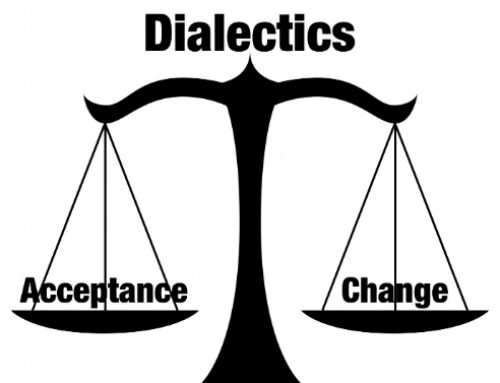Let Me Tell My Story, Then You Tell Yours
March 10, 2016
Categories: Communication,Conflict
I was watching the democratic primary debate the other day, and Hillary Clinton and Bernie Sanders had a disagreement about what happened with the Wall Street bailout. They saw things differently, and started to get frustrated and interrupt each other.
At one point, Hillary interrupted Bernie and said, “Tell the whole story!”
Bernie responded, “Let me tell my story, and then you tell yours.”
It was an effective intervention. Bernie owned that what he was about to say was his story. When he did this, Hillary became less defensive, knowing that she would then get a chance to tell her story.
I believe this is an effective intervention that can be used whenever you are experiencing disagreement or conflict with someone, whether it is a work colleague, spouse, or debate partner.
We often mix up (a) the facts with (b) our story about the facts. The facts are non-debatable. The facts are what would be on a video camera recording. For example, if your spouse comes home late from work, the facts would be the time at which the spouse walked in the door. If you had a conversation with the spouse about what time they said they would be home, that would be part of the facts also.
Then we make up a story about the facts. The story is our interpretation or explanation for what occurred. The important thing to remember is that our story may or may not be true. Often there may be parts of our story that are accurate, and parts that are inaccurate. Following the above example, your story could be that your spouse is selfish, or doesn’t prioritize time with family. Your story could even be that your spouse is having an affair. Your story could be true, but it also could not be true. Or it could be a mix of true and false.
When you are in a disagreement or conflict with someone, it can be helpful to separate the facts from your story about the facts. Here is a process to help you do that.
- State the facts. Use the actual words. Say, “The facts are…” Then check in with the person you are having a conflict with. See if you can come to an agreement about the facts. Don’t let any part of your story creep into the facts! Save your story for the next step in the process. This can be difficult to do. For example, you might say, “The facts are that my spouse was late.” See how there’s a bit of story that gets mixed in with the facts? Your spouse may have a different story about what ‘late’ means. It’s better to say something like, “The facts are that we had a conversation in the morning, and you said that you would be home at 7pm. The facts are that you walked in the door at 7:45pm. The facts are that I didn’t receive a phone call from you informing me that you would be home at a different time.”
- Tell your story. Here is where you tell your story or interpretation of the facts. What is your explanation for the facts? What is it about the person you are in conflict with that caused this to happen? Remember to hold your story with an open hand. It may or may not be true. After you tell your story, have the person you are in conflict with repeat back what they heard you say, to make sure they heard it right.
- Have the other person tell their story. Repeat the process and allow the other person to tell their story or interpretation of the facts. After they tell their story, repeat back what you heard them say, to make sure you heard it right.
- Discuss possible solutions to the conflict. Sometimes the very process of separating facts from stories can dissipate the conflict. Perhaps there is an explanation or reason for a person’s behavior, which can be better communicated once they understand the facts and the story you have made up. Maybe there is a way to compromise or find a solution that meets the needs of both parties. Perhaps you can simply agree to disagree, and move forward in a different direction. However you decide to resolve the conflict, your chances of effective conflict resolution are better if you separate the facts from your story about the facts.
Discussion: What do you think about the strategy of separating the facts from your story about the facts? Next time you are in conflict with someone, try this intervention and see what happens!
Related Thoughts

Subscribe To My Newsletter
Join my mailing list to receive the latest blog posts.
Receive my e-book “The Mental Health Toolkit” for free when you subscribe.





